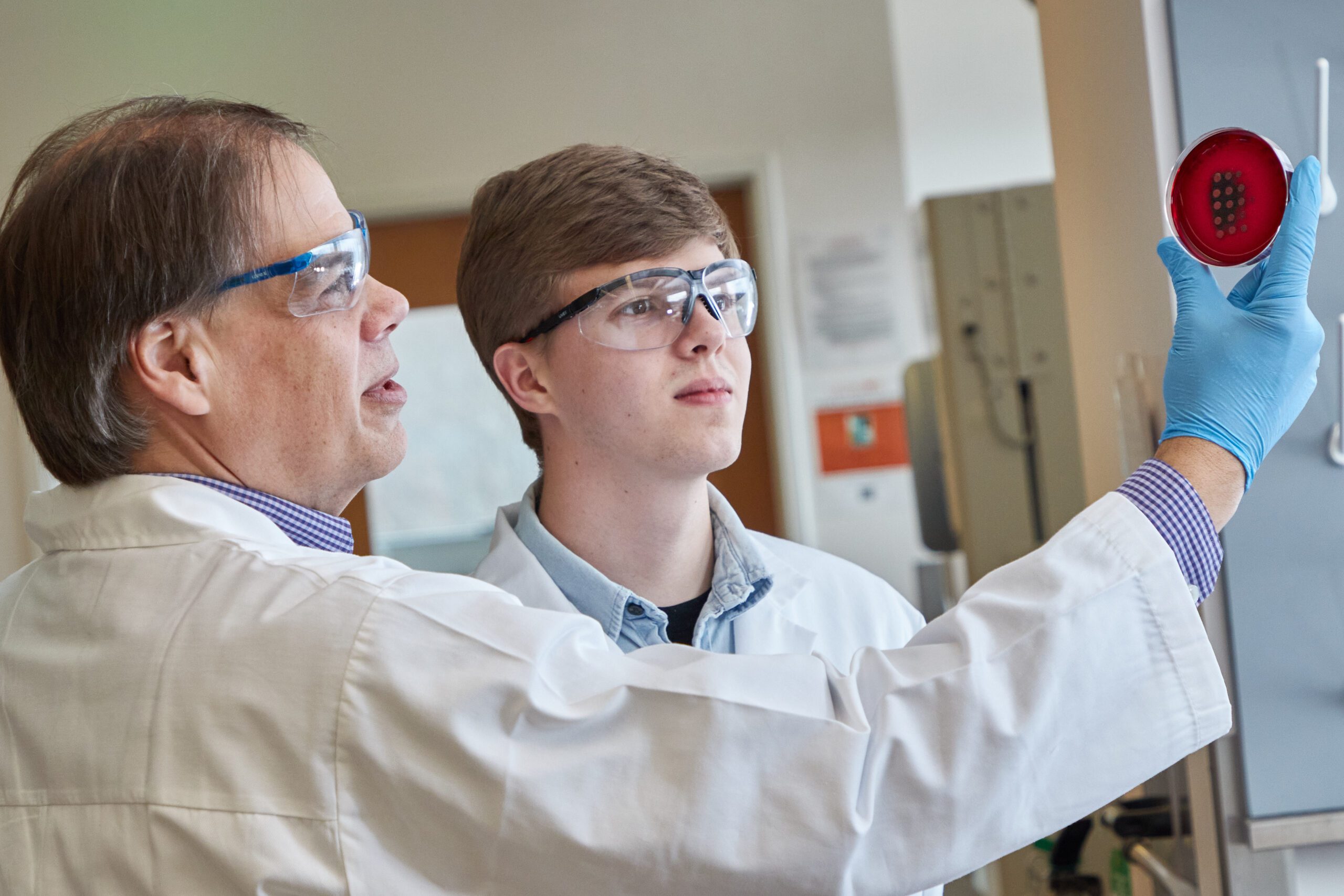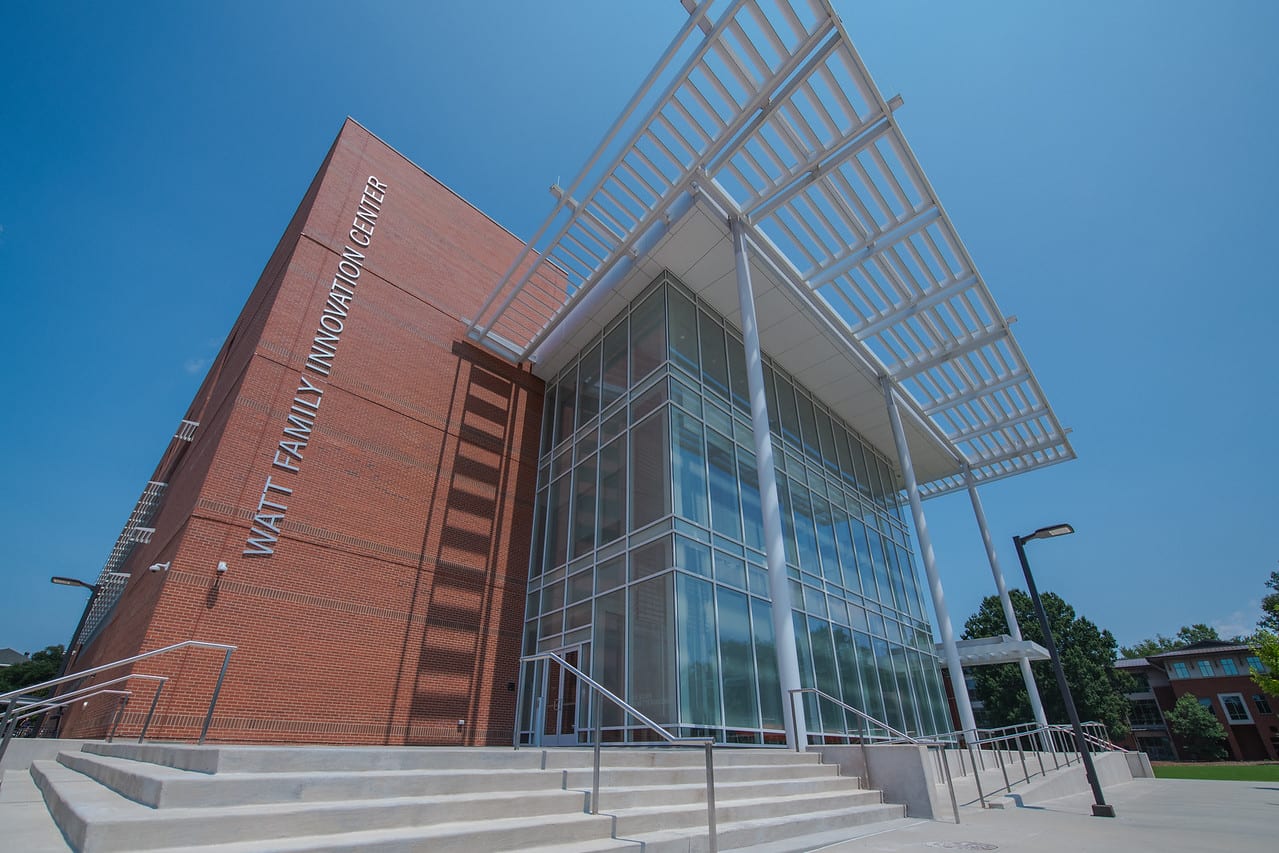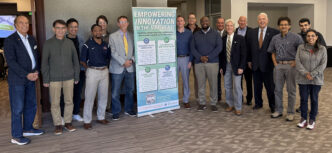Parasitic and fungal pathogens threaten the health of billions worldwide. Clemson’s Eukaryotic Pathogens Innovation Center has brought funding and growth to scientists in pursuit of these deadly organisms
More than a decade ago, six mostly junior Clemson University faculty members who studied eukaryotic pathogens realized they could accomplish more together than they could as individuals. But even they didn’t realize how much of a difference the Eukaryotic Pathogens Innovation Center (EPIC) would make.
EPIC, which celebrates its 10th anniversary this year, is an interdisciplinary research cooperative founded in 2013 to study the organisms responsible for infectious diseases that threaten the health of billions of people worldwide. EPIC is unique because it looks at both parasitic and fungal pathogens.
Over the past decade, EPIC received more than $50 million in federal funding, including a recent five-year, $11 million National Institutes of Health Center for Biomedical Research Excellence (COBRE) Phase 2 award.
“We were thinking big, but none of us appreciated how much becoming a center and receiving a COBRE grant would fuel growth,” said Lesly Temesvari, Alumni Distinguished Professor in the Department of Biological Sciences and one of EPIC’s founders.
In 2013, EPIC had six faculty members — James Morris, Meredith Morris, Kerry Smith, Cheryl Ingram-Smith, Kim Paul and Temesvari — from two departments, biological sciences and genetics and biochemistry.
It has grown to 15 faculty members from five departments in three colleges.
A growing global challenge
EPIC is at the forefront of biomedical research on eukaryotic pathogens that cause some of the most devastating and intractable human diseases, including malaria, amoebic dysentery, sleeping sickness, Chagas disease and fungal meningitis.
While these diseases caused by parasitic and fungal infections seem a world away, they’re not.
Because of the ease of international travel and climate change, diseases once considered mainly tropical and subtropical have been increasingly found in the U.S.
Take Leishmania, for instance. It causes a spectrum of illnesses, from unhealing and potentially disfiguring skin sores that have affected U.S. troops in the Middle East to deadly infections of the liver and spleen. Leishmaniasis has been found in hunting dogs in 21 states and two Canadian provinces.
Chagas disease, spread by “kissing bugs” infected by the American trypanosome Trypanosoma cruzi, can cause heart disease decades after the initial infection. It is found in south Texas.
Young talent, shared interests
The idea for EPIC evolved organically.
Temesvari, who joined the Clemson faculty in 1999, was already well known in the field and had served as a permanent member of a National Institutes of Health grant panel. The Smiths came to Clemson in 2001, and the Morrises a year later. Paul joined the Department of Biological Sciences faculty in 2005.
“There are commonalities in what we do,” Kerry Smith said. “We work on different organisms but speak the same language.”
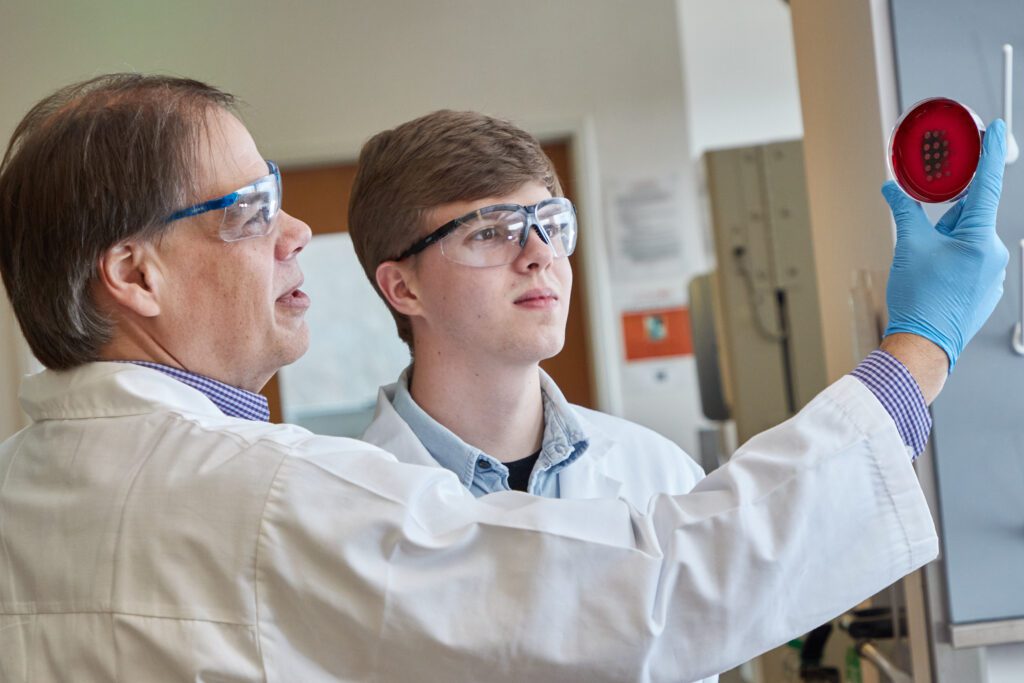
Slowly, they realized they needed to become a center.
“It was this slow understanding that we’re all the same. We’re in the same journal clubs. We’re serving on each other’s committees. We go to the same research symposiums. We’re going to the same poster presentations. We interact a lot,” Meredith Morris said. “We realized we needed to be a center before the administration recognized us as one.”
“It was a bunch of assistant professors and Lesly saying, ‘Let’s give it a go,’” James Morris said. “There’s a genuine sense of pride that something that started organically has become a center known across the country and internationally.”
I think we’ve learned from COVID that all diseases are global.
Meredith Morris, associate professor in the Department of Genetics and Biochemistry
EPIC received formal approval on January 31, 2013, a month after the researchers moved into Clemson’s then-new Life Sciences Facility.
Making the impossible, possible
Meredith Morris thought EPIC might be a candidate for a COBRE grant. But when they met with University administrators, the enthusiasm was tepid because Clemson didn’t have a medical school.
“They told us it wouldn’t work,” she said. “We had trouble believing that.”
EPIC landed a $10.5 million COBRE grant in 2013. It was Clemson’s second COBRE grant at the time and the first to the University outright.
“That was transformational,” Kerry Smith said.
The grant provided funds for five junior faculty, four research technicians, 11 Ph.D. graduate students and administrative personnel. It created a network of external mentors to offer guidance and expertise to junior scientists so they could secure their own funding. It also provided money to support two core facilities available to all researchers at Clemson: the Light Imagining Facility — which houses an array of advanced light microscopes, a stereoscope, a laser microdissection system and a polarized light microscope — and the Genomics and Bioinformatics Facility.
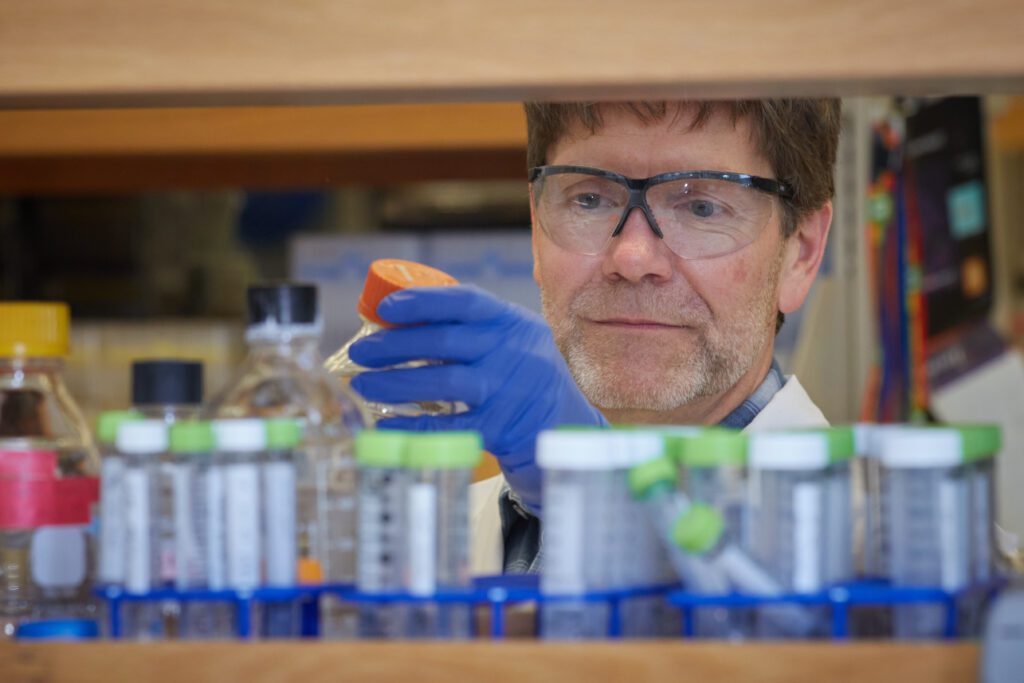
There’s a genuine sense of pride that something that started organically has become a center known across the country and internationally.
James Morris, Professor, Department of Genetics and Biochemistry
Meredith Morris said the COBRE grant was crucial to her success.
One of her projects was to characterize organelles in parasites. The initial grant applications were well received, but the funding agencies weren’t sure that she could actually do the research.
“We needed preliminary data because we were pushing the boundaries of technical resolution in the field. To do robust experiments, we needed a flow cytometer with very specific characteristics that cost $150,000. There’s no way I could buy that for my lab. But the center could purchase this instrument, and it has proven to be highly used in the center. That piece of equipment has been pivotal to many publications and preliminary data used in funded grants,” she said.
Attracting the best and brightest to Clemson
Being a center with a COBRE grant has also been a recruiting tool.
“The center is a draw for recruiting the brightest stars in the field,” Meredith Morris said. “Clemson is a smallish town for a research institution. We’re a pretty small R1 [doctoral research] university. But you’ve got this built-in group that thinks your jam is the best jam. I’m not sure we would get the people we’ve gotten without it.”
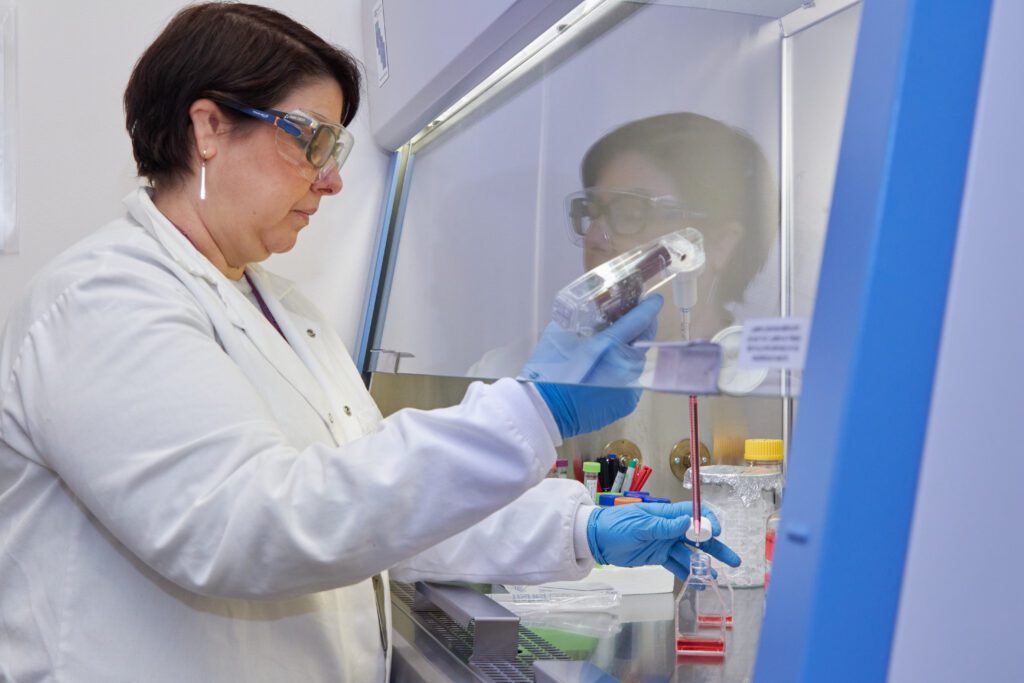
Collaboration also was the key to EPIC’s landing its five-year, $11 million COBRE follow-up grant.
Phase 2 grants strengthen successful centers through further improvements to research infrastructure and the continued development of a critical mass of investigators with shared scientific interests who can compete effectively for independent research funding.
For EPIC, that means hiring four additional faculty members. In addition, the Phase 2 grant will support the training of four junior faculty members through internal and external advisers and workshops.
It will also pay for additional personnel for the Genomics and Bioinformatics Facility and continue to support the Light Imaging Facility.
“We’re building capacity for the University,” James Morris said. “The entire University benefits from EPIC’s success.”
While it just landed the Phase 2 grant, EPIC is already looking ahead to Phase 3, which would support maintaining the research developed during the first two phases.

